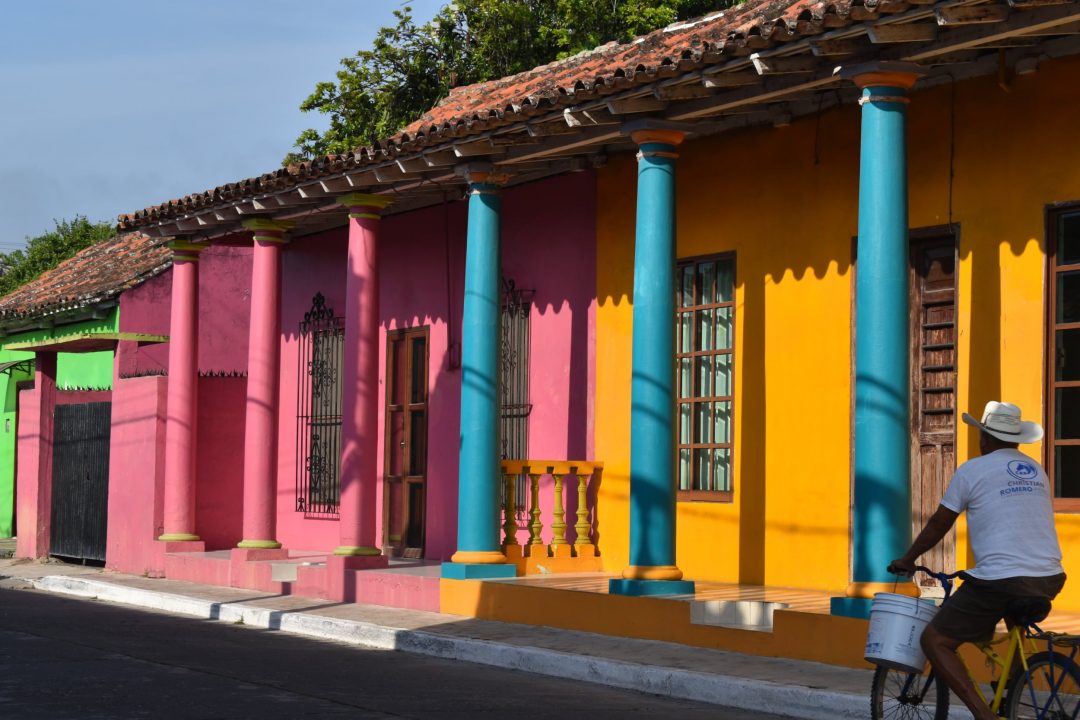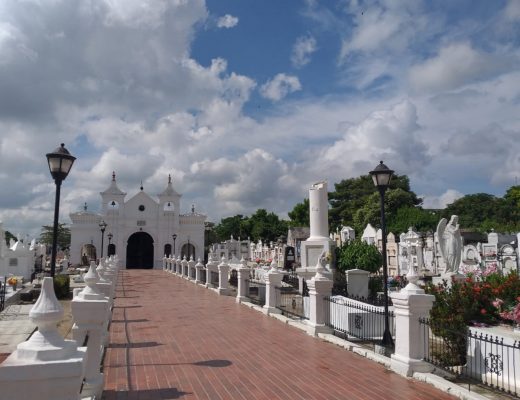The Caribbean Sea has always been full of pearls as well as pirates, the latter being attracted by the former, of which Tlacotalpan is a part. Somewhere in the Gulf of Mexico, this city islocated at the entrance of a river, whose name in Nahuatl language means “Land between the waters”, has immense similarities with Mompox, its almost twin “sister” in Colombia, another Caribbean pearl. Both were colonized by the Spaniards and became in the 16th century rich cities with a privileged location, docked on a large river opening the access or of the conquerors to these new promised lands.

Passing from expansion to oblivion, both are today frozen in time and space, at the end of the journey, small jewels preserved and difficult to access, fiercely keeping the secret of their eternal beauty.
But let’s stop the comparison here, because many things also distinguish them.
During its glorious period, Tlacotalpan was a city of haciendas with a large Spanish population. It was a relatively important shipbuilding center but also a prime target for English pirates. It seems that it heroically resisted all their assaults, as well as river floods and fire until 1788, which practically reduced the city to nothing.
And so began its second great adventure.
Probably tired of rebuilding for naught, the dignitaries imposed on the population that their new homes be constructed in masonry with tiled roofs and relegated that all those who could not afford it to plots of land outside the city’s enclosure.
Strangely enough, the city was then organized according to a perfect grid of longitudinal streets, parallel to the river, including a covered sidewalk surmounted by porticos, a normal sidewalk and a “garden” strip before the roadway, as well as transverse alleys, considered as secondary, including almost none of these elements.
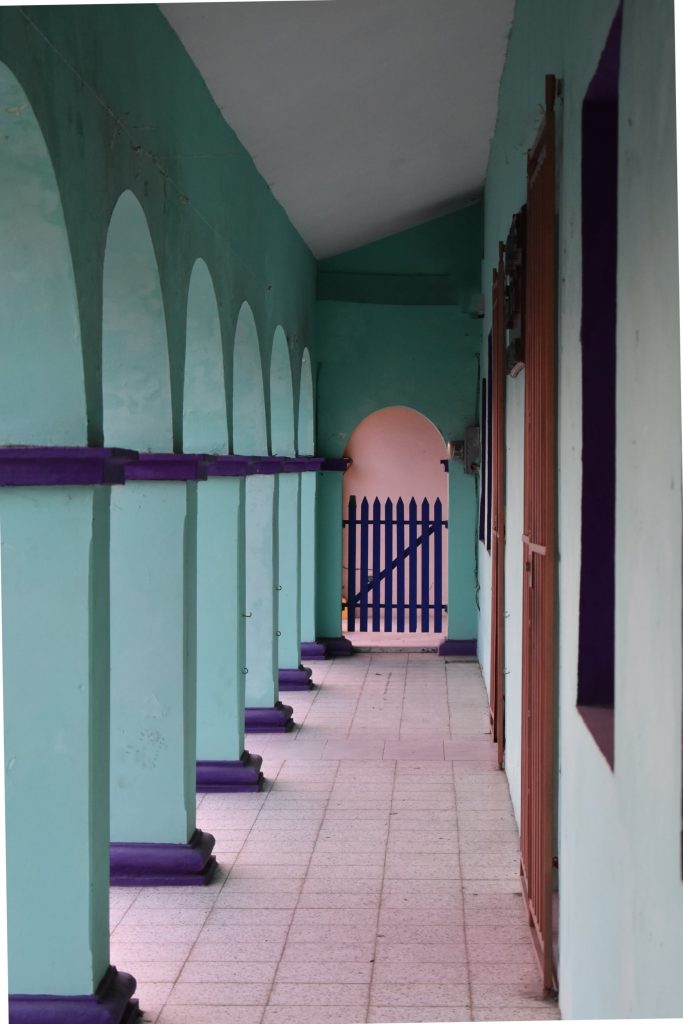
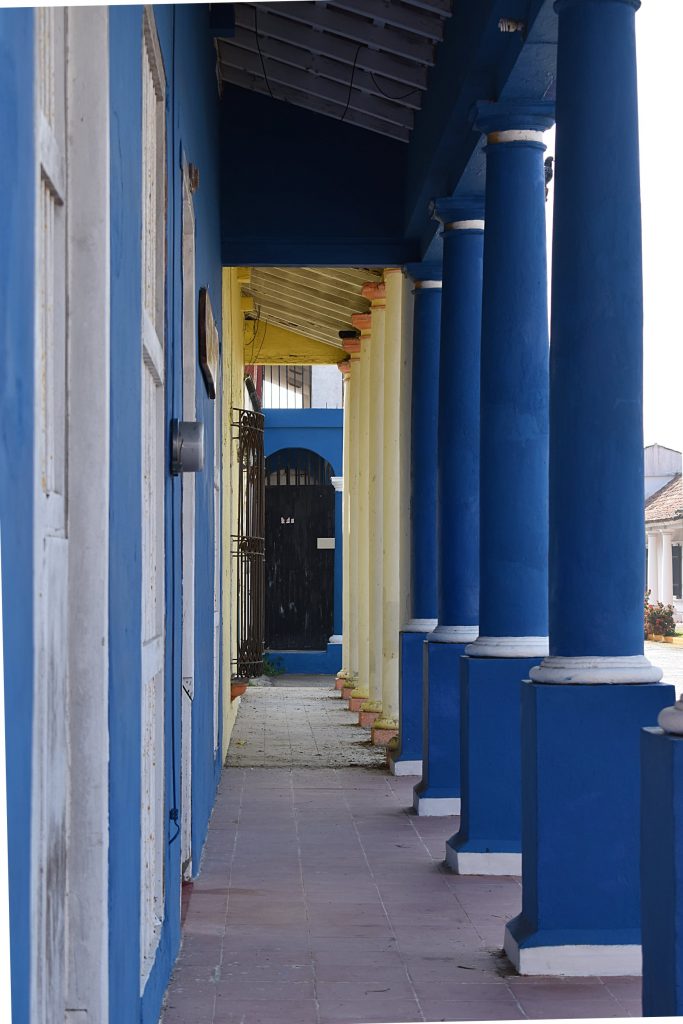

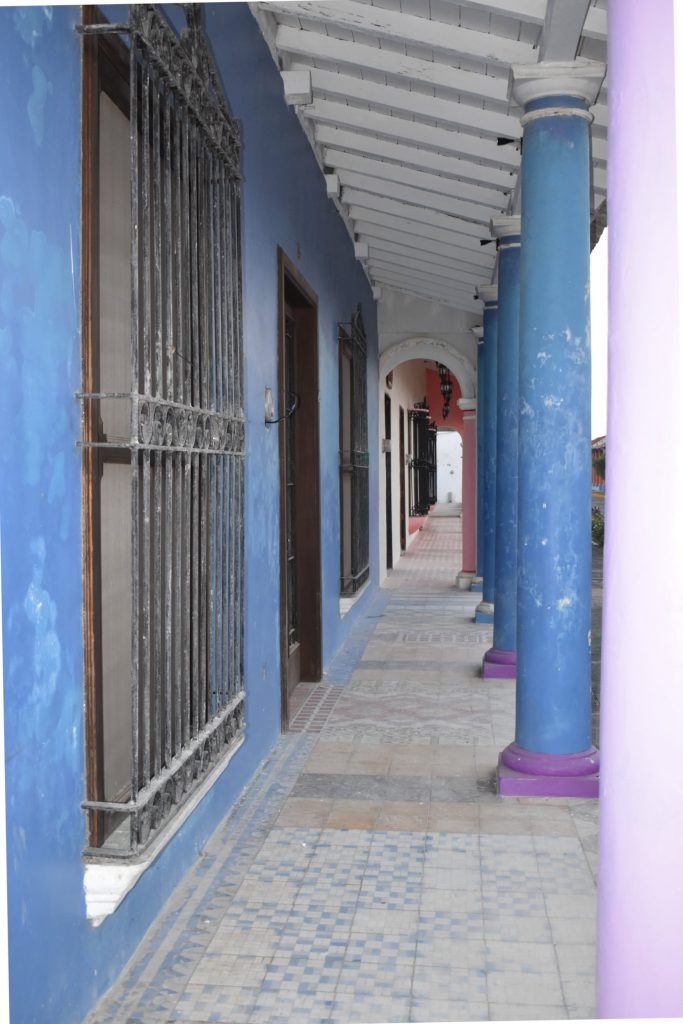
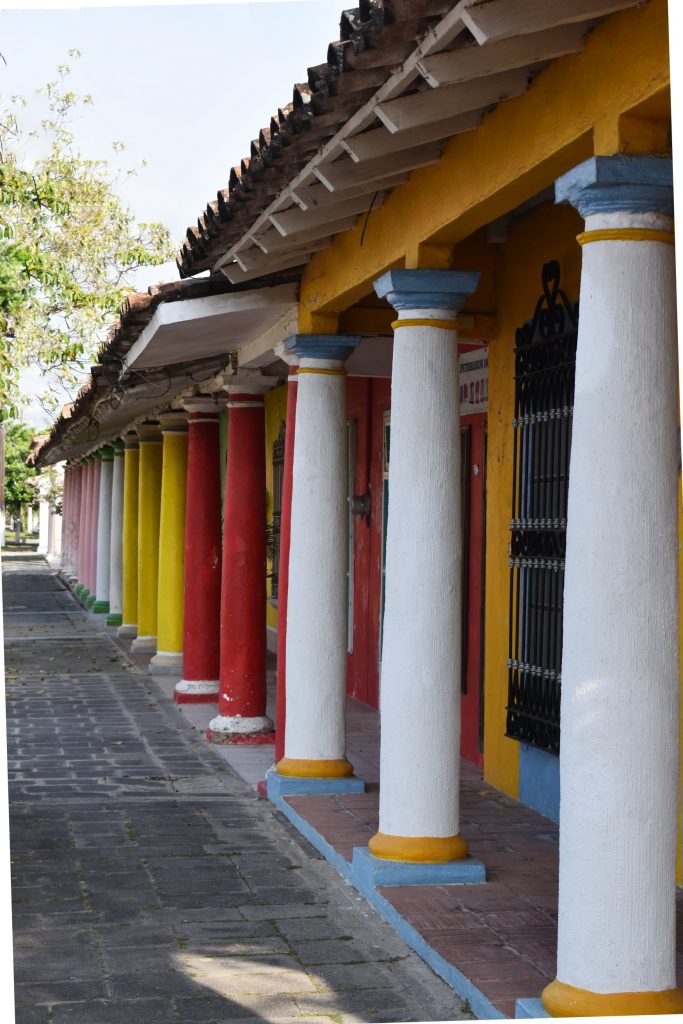
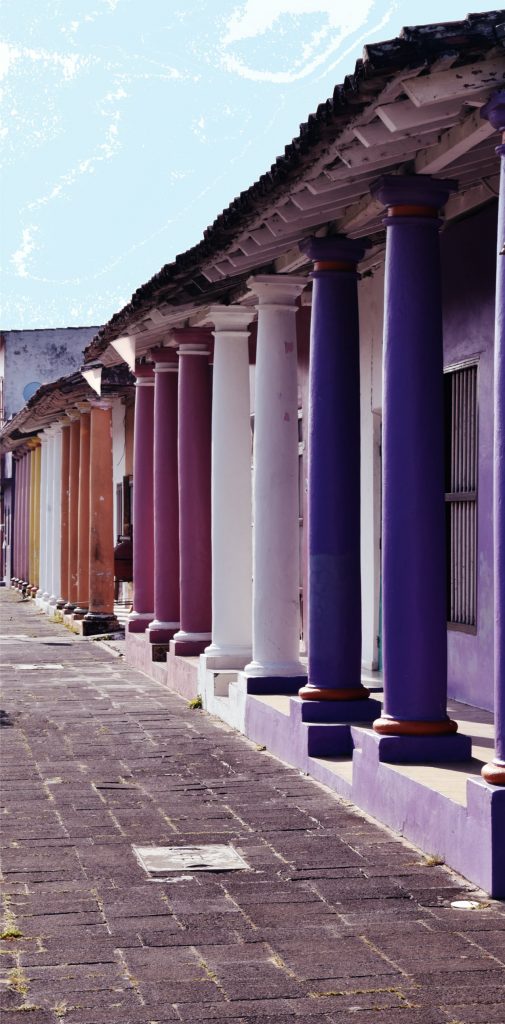
By virtue of what principle? There are no documents to explain it.
Was there an architect, an artist, a brilliant urban planner behind this idea? History does not say. Were all the inhabitants aesthetes? No doubt.
The fact remains that the city that was born after the fire is unlike any other. You have to rub your eyes several times, under this solid Caribbean sun, to discover this uninterrupted succession of technicolor arcades that presents an incredible homogeneity.
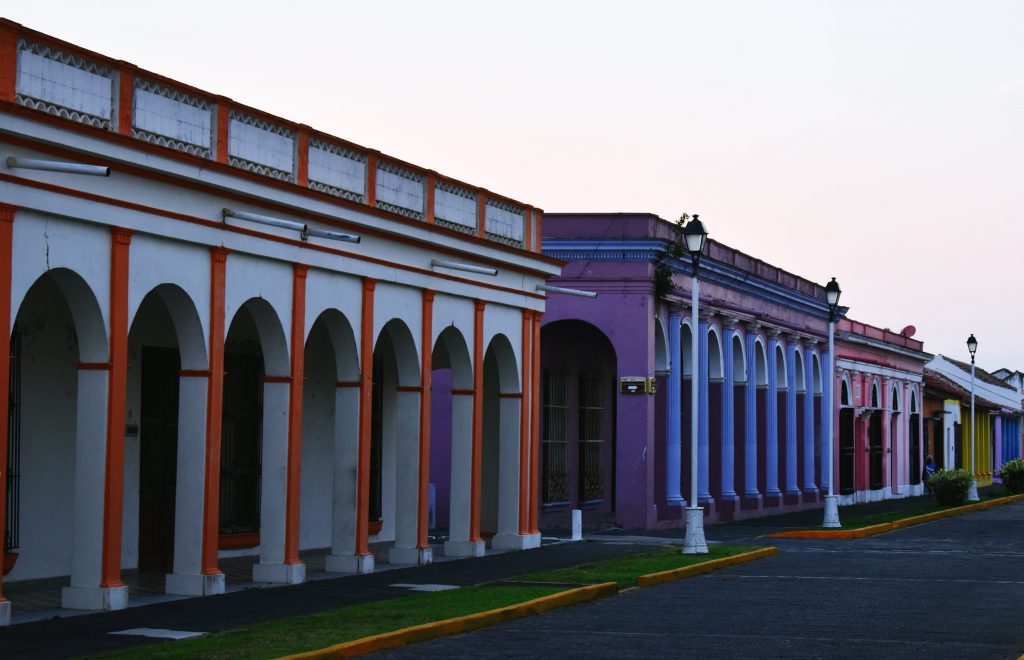
When you drive slowly along these streets, the effect becomes hypnotic and you feel dizzy; it’s like the rustling of hundreds of multicolored butterflies’ wings, tightened against each other. Because I forgot to mention this essential detail: the river on the edge of which this magnificent city rests is called Papaloapan which, always in Nahualt language, means “River of the butterflies”.
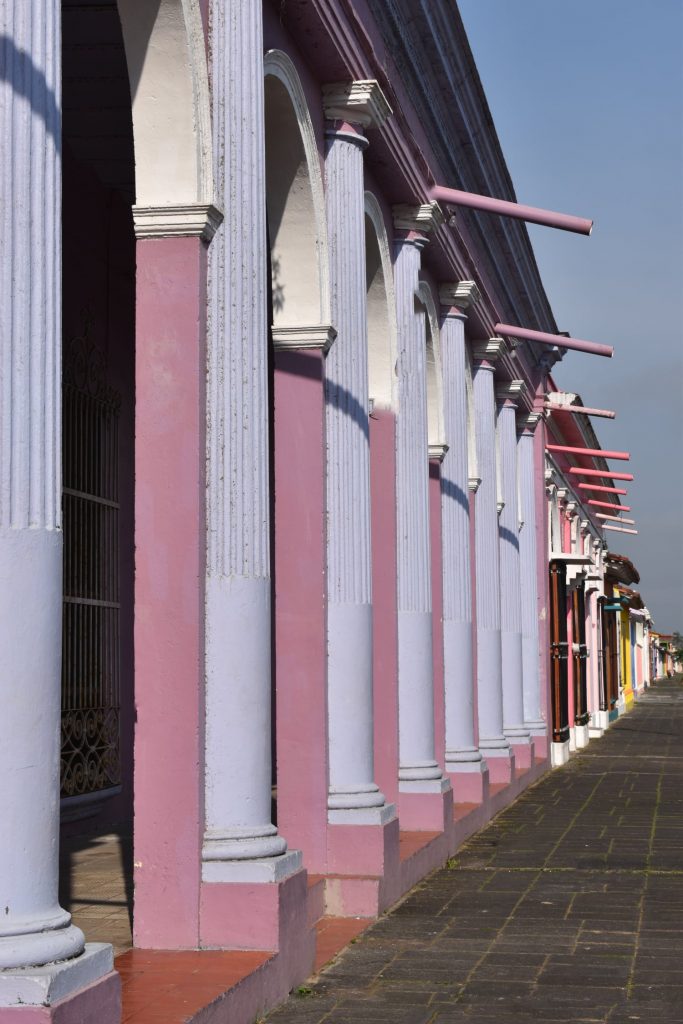
Could we say that Tlacotalpan is just that? Yes.
Here, the Spaniards did not build an exemplary convent or monastery. No fortifications either. And if the central square with its churches is certainly charming, it does not justify a detour by itself.
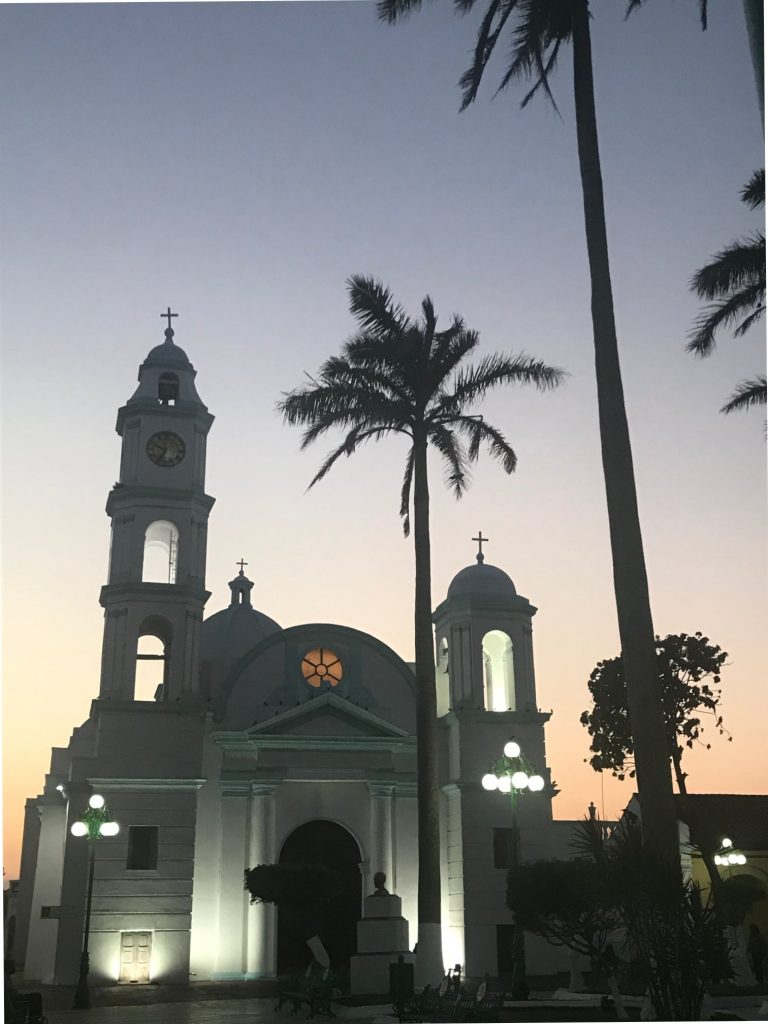

What fascinates and perplexes is the extreme grace of this repetitive but ever-changing architecture. Like a haunting and enchanting melody, with an unvarying tempo and only a few variations of orchestration. The houses follow one another, all different and perfectly aligned, all at attention in their draped arches, competing with particular details and infinite varieties of colors but always belonging to the same entity.
We go through the streets, the alleys; we come back on our steps; we say to ourselves that it is not possible and that there is going to be a break; we turn around to see the effect again, behind the same as in front; in fact, we remain incredulous.
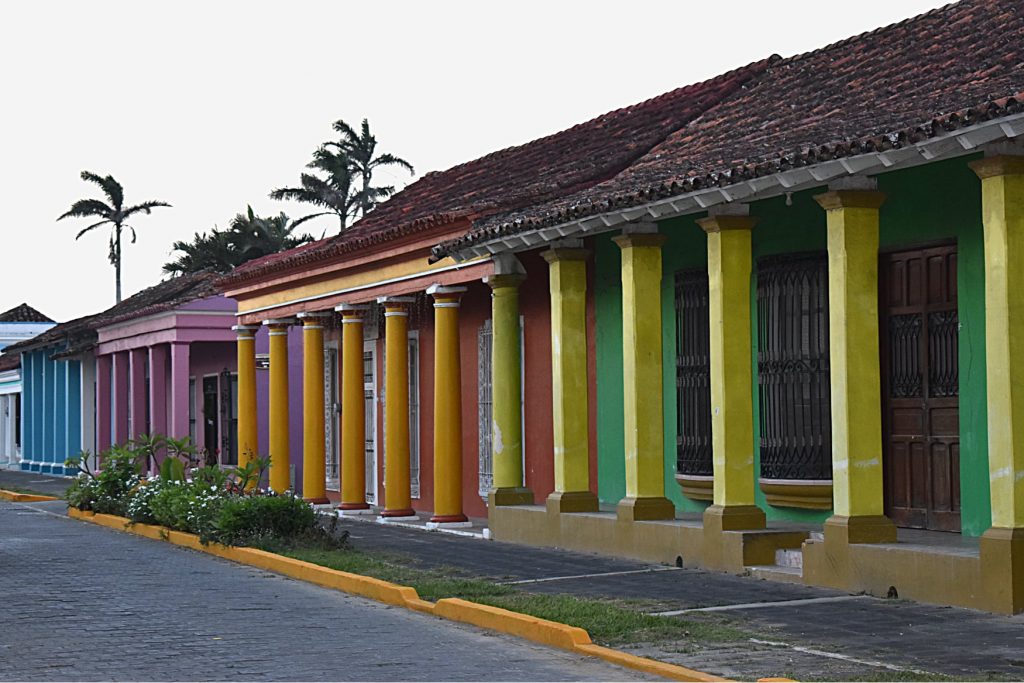
Why here? What for? Who were we trying to impress? What was the objective?
The questions follow one another, constantly confronting us with our twisted Western mind that seeks an explanation or a relationship to everything.

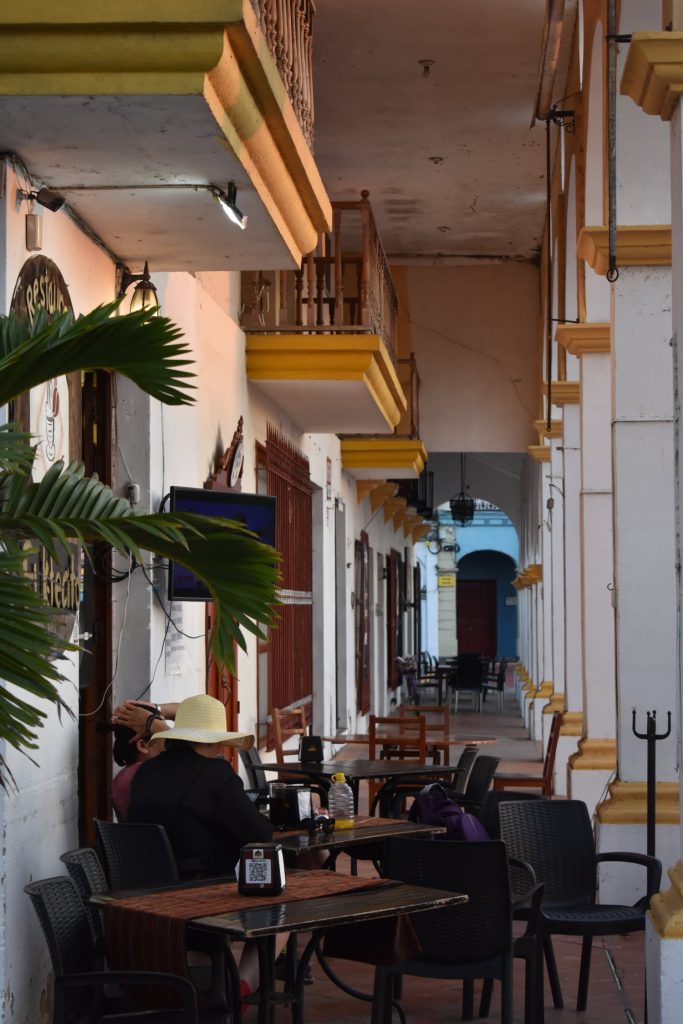
The reality is that this city exists only to prove that Arthur Schopenhauer was right.
He said, among other things, that “Art (…) is the contemplation of things, outside the principle of reason” and that it is necessary to conceive things “no longer according to their relations, but according to what they are in and of themselves.” Why do we still need to consider objects, architecture, and places according to their relations to one another?
I think that in Tlacotalpan, it is the butterflies themselves that have had the genius of this urban beauty so that here everything is only contemplation and that it remains outside the field of utility.
How good this is!
Text de Claudia Gillet-Meyer et photos de Régis Meyer.
MORE ABOUT:
– “Read or re-read » Mompox, the city that emerges from a dream (COLOMBIE) sur HISTAMBAR: https://histambar.com/en/blog/mompox-the-city-that-emerges-from-a-dream-colombia/
– Read or Re-read : Arthur Schopenhauer ” The World as Will and Representation”
Tlacotalpan is classified as world heritage from the UNESCO : https://whc.unesco.org/fr/list/862
– Two vidéos :
http://www.inafed.gob.mx/work/enciclopedia/EMM30veracruz/municipios/30178a.html




